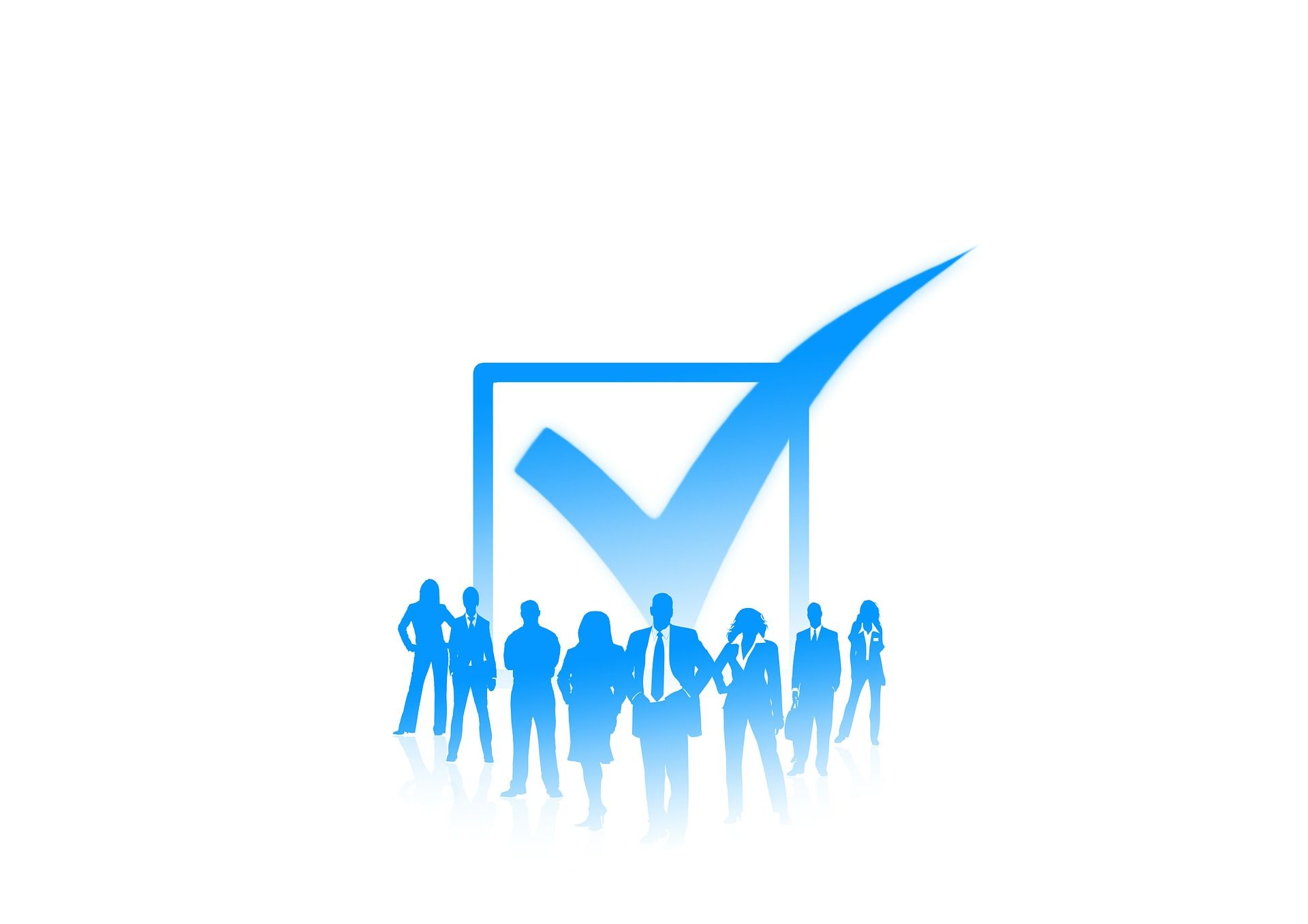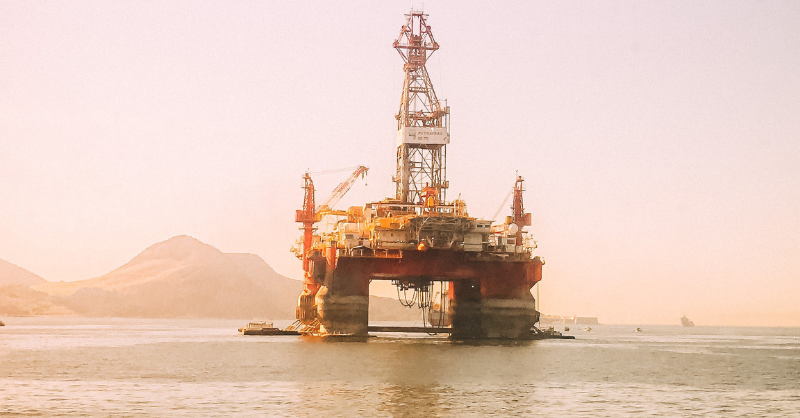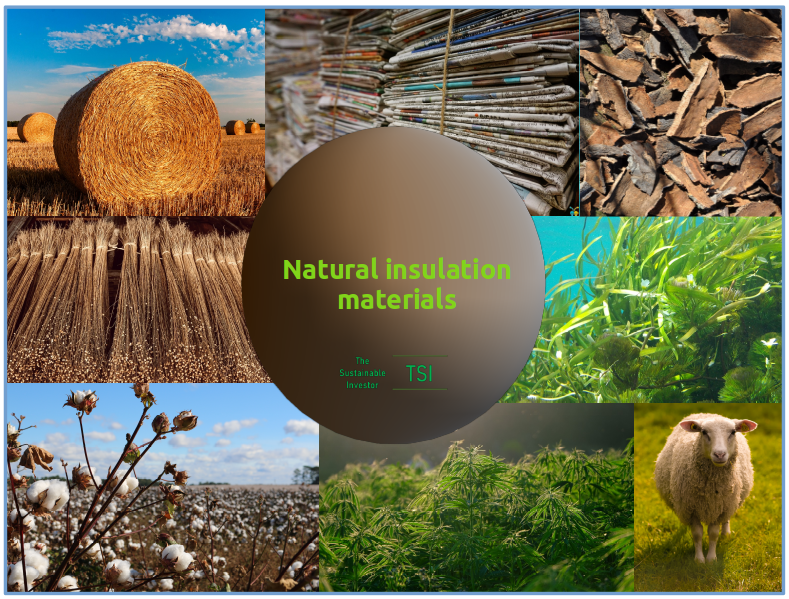
State of the global workplace, extra fossil fuel costs & safe at home
Here are three stories that we found particularly interesting this week and why. We also give our lateral thought on each one.
- State of the global workforce.
- Extra fossil fuel costs = 2/3 x transition costs?!
- Safe at home: Passive House.
State of the global workforce.
What can leaders do today to potentially save the world? Gallup has found one clear answer: "Change the way your people are managed."
How we manage our workforce, and by implication how we relate to our suppliers and customers, has a massive impact on company value. Motivated employees are more likely to go the extra mile, and they are more likely to deliver real innovation, and be more responsive to change.
And yet, the recent Gallup State of the Global Workplace: 2023 Report suggests that by and large we are heading in the opposite direction, a demotivated and disinterested workforce. The majority are quiet quitting, with stress levels at record highs. The quiet quitters know what needs to change, but many companies seem incapable of delivering what is needed.
This is not a woke issue. It’s got real world value creation consequences.
'Diversity, equity and inclusion' (DEI) and increasingly 'diversity, equity, inclusion and belonging' (DEIB) measures and initiatives have been seen as important in creating a workplace that motivates and ultimately creates value. It's sort of a tautology. However, have these measures been effective?
We discussed findings from an insightful ECGI working paper from Alex Edmans, Caroline Flammer and Simon Glossner on Diversity, Equity and Inclusion (DEI) in a blog in May. The one we found most interesting was that traditional demographic measures of diversity show weak correlation with their own measure of DEI. Their one captures more of a bottoms up sense of the DEI environment in a firm. It demonstrates that increasing actual DEI will take more than just generic initiatives. It is more complex and ultimately about culture.
This takes careful consideration and time. As we have said before, the only culture that grows quickly is the one on the piece of cheese we forgot we left out.
Unless we understand what constitutes DEI in practice, we cannot really know whether our actions are increasing it or whether it is having a positive impact, both financially and from a social perspective. What constitutes 'good performance' is not as straightforward as people think, particularly when it comes to stock returns.
Link to blog 👇🏾

(Transition / Human Rights, Professional)
Extra fossil fuel costs = 2/3 x transition costs?!
Fossil fuels and risk. We would like you to park for a moment ethical considerations and just think about financial impact and investment risk. We hear a lot about the risk of stranded fossil fuel assets, as the world moves away from using oil and gas to renewables and electrification. We hear less about the financial impact of fossil fuel price volatility.
A recent study from Brown University looked at the impact on Europe of the spill over of Russia’s invasion of the Ukraine. It’s a big number. By the end of 2022, Europe incurred over €1 trillion in extra fossil fuel costs, including both market costs from high prices and related government spending.
How does this compare with the expected cost of transitioning all of Europe to a green energy system? It’s just under 2/3 of the capital needed. Let’s stop for a minute - if Europe had spent that kind of money of decarbonising its energy system, we would already be over half way to achieving greater energy security and independence.
You might think that this is a political issue, it’s not one for investors or finance people. Think about the financial impact on your business. Every time oil and gas prices blow out, your profitability is put at risk. It’s part of the reason why the US is fixated on energy independence. We need to think about energy security as a business, investor, and finance issue.
These geopolitical shocks to oil and gas prices occur unpredictably but regularly (for example, the 1973 oil crisis; the Iranian Revolution of 1978-79; the Iran-Iraq War in the 1980s; the Gulf War of 1990-91, the ISIS insurgency 2011-2014; and Russia-Ukraine gas disputes in 2006, 2008- 2009, 2014-15).
Maybe energy independence is a good investment theme.
We thought it was revisiting this blog from February. Part of the engagement process should involve us thinking like corporate raiders - not in terms of the outcomes they seek, but the process they use. It's not an 'invest in renewables vs invest in Oil and Gas (O&G)' debate, it's more about who is best placed to invest this capital wisely: the upstream O&G company or their shareholders? Any engagement has to start from a position of looking to create financial value over the long term.
Link to blog 👇🏾

(Transitions / Human Rights, Greener energy applications, Professional)
Safe at home: Passive House.
We know that energy bills have not gone as high everywhere as they have in Europe and the UK, but even allowing for that, for pretty much everyone, reducing the cost of home heating and/or cooling should be a priority. Higher energy cost volatility is something we should expect and plan for. Which leads us to energy efficiency.
One way of achieving this is via Passive Houses ('Passivhaus' in German). These buildings are well-insulated, airtight envelopes that have heat, ventilation, and cooling systems that draw in filtered air and take advantage of the heat our bodies — and certain electronic devices like laptops — give off.
Do they actually work? Yes. A study in New York and Massachusetts found that utility bills were roughly 30% - 50% lower than average. The upfront costs of these homes equipped with all-electric appliances were about 3.5% higher than those built to standard code. In some cases, they were cheaper when factoring in financial incentives from affordable-housing programs and utilities.
Less than 1% of the multifamily housing that's been constructed in the US in the past 10 years have adopted Passive House standards. So, lots to do.
A key feature of a Passive House is that it incorporates very high standards of insulation. There are many types of insulation products using many types of materials. Back in June we wrote a couple of blogs looking various kinds of insulation materials, in particular natural materials. Here is one of them.
Link to blog 👇🏾

(Built environment, Professional)
Please forward
to a friend, colleague or client
If this was forwarded to you, click the button below and sign up for free to get this email, 'Bridging the gap' and the 'Sunday Brunch' in your inbox every week.
Please read: important legal stuff.


